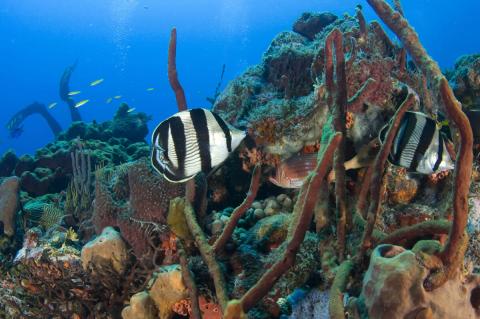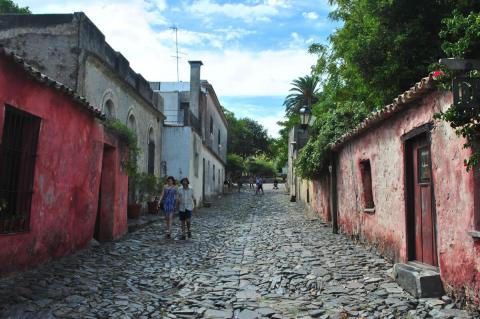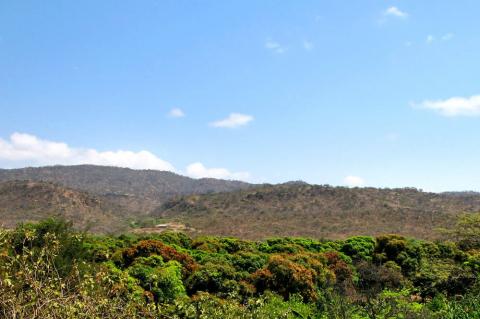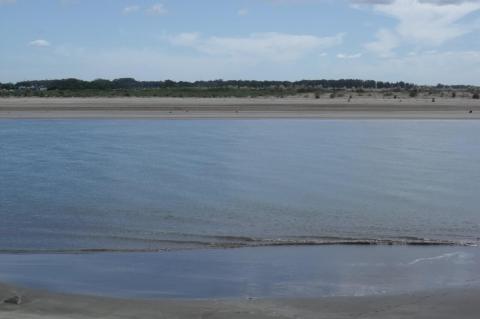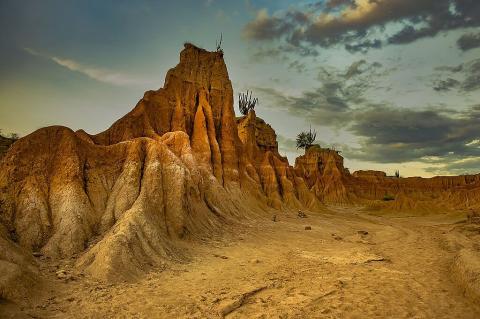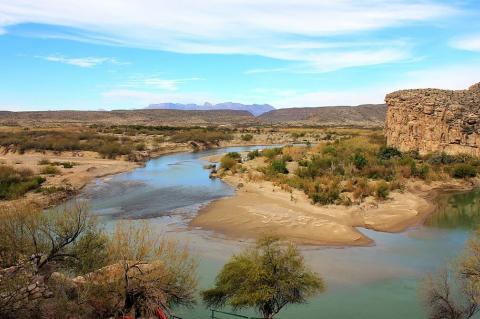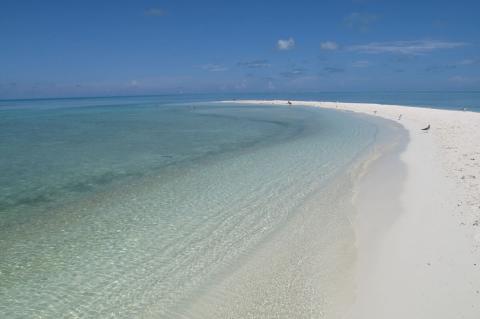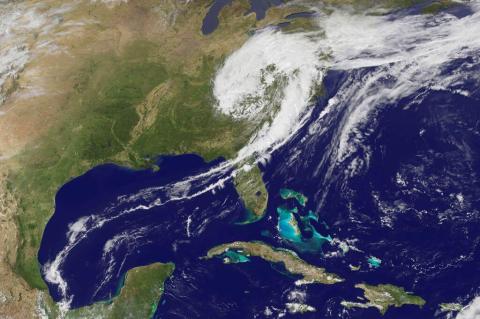Saba National Marine Park: Guardian of Caribbean Biodiversity
Nestled amidst the turquoise waters of the Caribbean Sea lies a sanctuary of unparalleled beauty and ecological significance: the Saba National Marine Park. This marine reserve, enveloping the breathtaking vistas and thriving marine life surrounding the captivating island of Saba, is a testament to dedicated stewardship and environmental protection and a gateway to a mesmerizing world beneath the waves.
